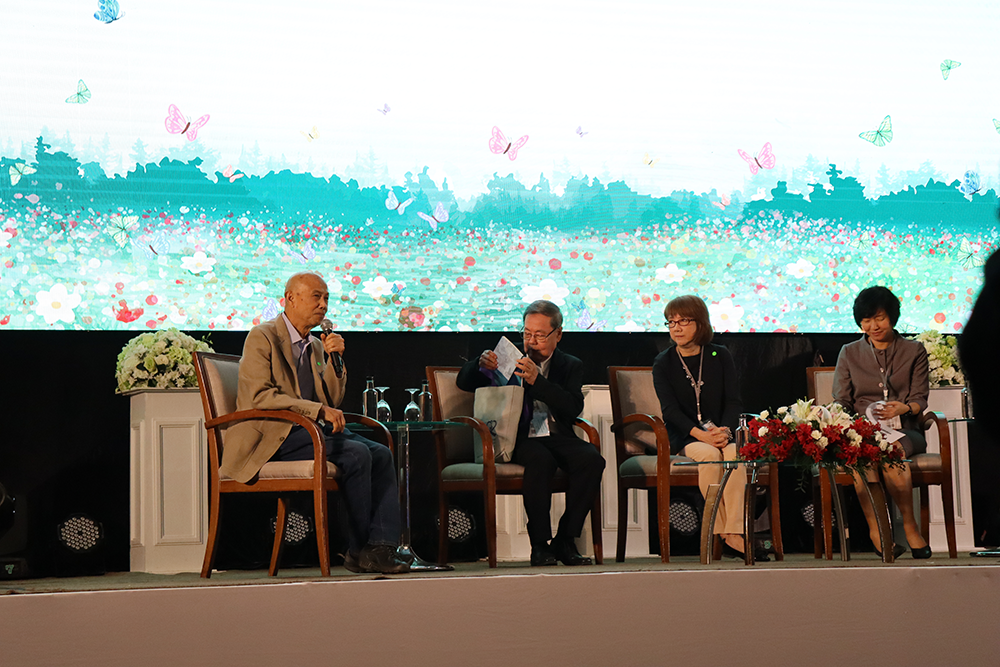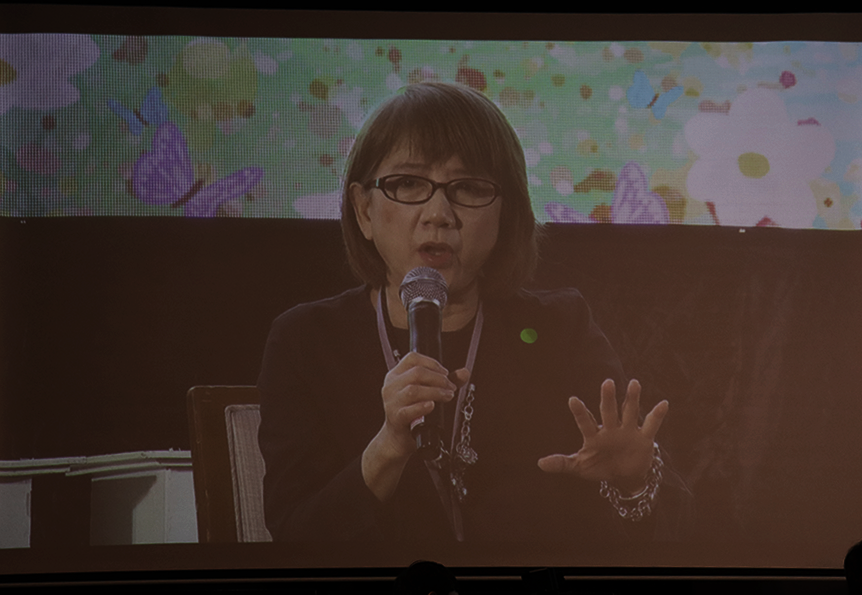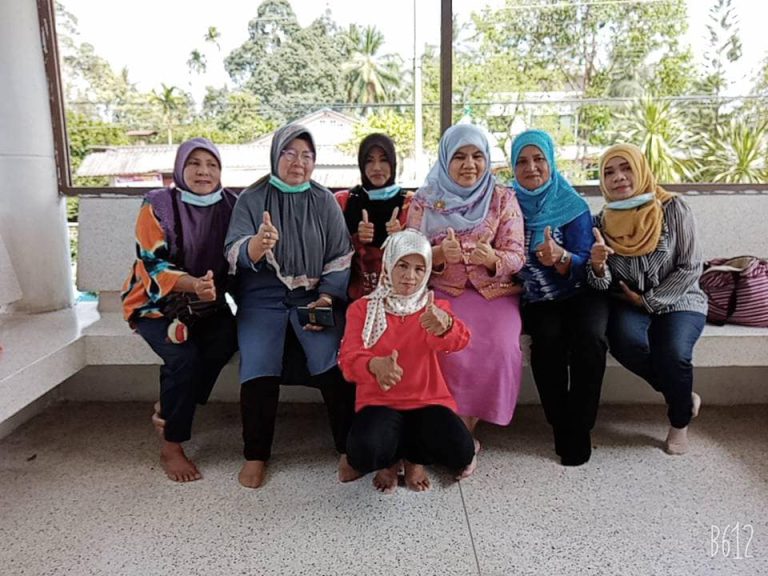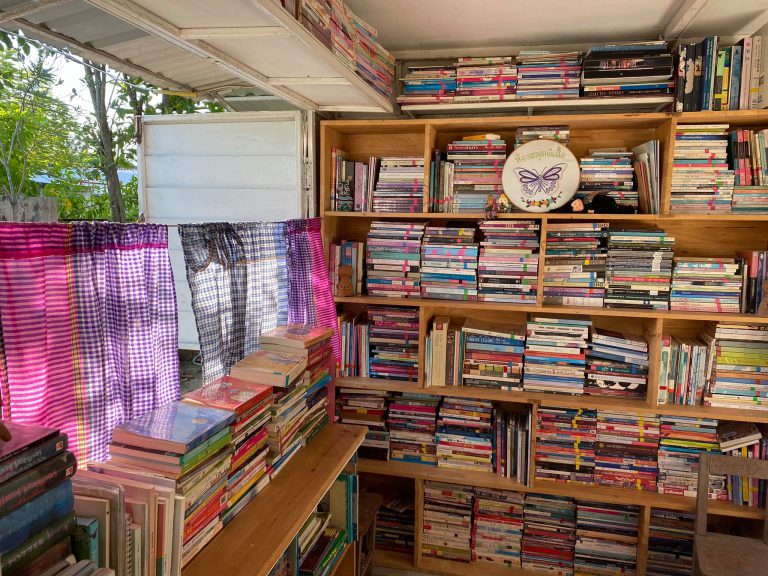Story: Sutheelak Ladpala
The hill tribes of Mae Hong Son province, like many people throughout the country, have been affected by the Covid-19 global pandemic over the past few months, with ramifications across their economic, social and
At the third “Happiness at the End of the Road” conference, recently held on February 20-21st 2020, the National Health Commission Office joined forces with affiliated networks to raise awareness of palliative care and the individual’s right to a natural death, as per Article 12 of the National Health Act They organised a panel titled “Advocacy for Article 12 Rights and Palliative Care Systems”, moderated by Sithichai Yun, and featuring Professor Sawang Boonchalermvipas, a pillar of the movement behind the legislation of Article 12 — the backbone of the Palliative Care Movement — and Associate Professor of Medicine Sriwiang Pairojkun M.D., a pioneer of patient-centered care for over ten years, as speakers.
The panel was a testament to the seedling of a palliative care movement that has since grown in Thai society, with branches in government administration at the regional and local level, and sprouting various networks and organisations. Though the tree is now much larger than before, its branches may not yet be strong and fully-formed. The two panelists elaborated on the obstacles and challenges faced by the Thai palliative care movement and possible solutions, as summarised below:

Physician’s concerns over the legal repercussions of Article 12
According to Professor Sawang Boonchalermvipas, a significant obstacle to the palliative care movement is that many physicians are still apprehensive about the legality of Article 12, since they understand it to be something to the tune of medical negligence, a betrayal of professional medical ethics, or a form of euthanizing or murdering their patients.
“Actually, that is not what [palliative care] is. The court has already ratified the intention of Article 12 on this issue. It was not written with the intention of accelerating or contributing to patients’ deaths but to give patients the ability to have a peaceful and natural death.” He emphasizes that “honoring and following a patient’s Living will isn’t unlawful. Actually, when I was drafting the legislation, I clearly stated that if a medical professional is acting in accordance with a patient’s living will then their actions should not be considered unethical. Really, that alone should be enough, but many people were still concerned, so I added the extra clarification that they should be free of any liability.”
Should physicians still be apprehensive, a book titled “The Right to Refuse Medical Treatment at the End of Life and and Issues that Arise in Practice” can perhaps assuage those concerns. This book synthesizes the important points from a discussion of living wills and the right to die at a conference of doctors and lawyers that specifically addressed physician’s concerns. Professor Boonchalermvipas also puts forward a structural solution to this problem, suggesting that every hospital should have an ethics committee that can address the contradictions and concerns that emerge over issues such as the removal of a patient’s breathing tube.
The Lack of a Proper Understanding of Palliative Care Among Thai Physicians
Associate Professor of Medicine Sriwiang Pairojkun, head of the Karunruk Palliative Care Center at Srinagarind Hospital of the Faculty of Medicine, Khon Kaen University, describes another obstacle to palliative care, which is the critical lack of understanding of palliative care among the majority of Thai physicians. This is because many physicians are still attached to a philosophy of medicine that enshrines the prolongation of life, while neglecting to consider whether a patient is a state in peace or in suffering when they take their last breaths. For example, when visiting the ICU ward of the Srinagarind Hospital — a university hospital — one will see 80 to 90 year old late stage cancer patients that are completely bedridden and still attached to a breathing tube and life support. Most doctors are genuinely at a loss as to how to provide for their patient’s well-being in a palliative manner. They continue to follow their well-worn procedures, which is to prescribe antibiotics, attach life support and keep the patient alive for as long as possible. The patient passes away in this condition, which is anything but pleasant.
“The medical curriculum does not have an adequate section on palliative care when in reality, medical students should be studying it in particular. Revising the medical curriculum so that physicians learn about palliative care is of vital importance.”
Sithichai Yun, the moderator of the panel, left an interesting suggestion in response:
“Perhaps a way out of this problem is to begin raising awareness in medical students. We can start small, by asking the students to draft their own living will as an exercise”.

A Scarcity of Hospices in Thailand
In other countries, there are places called hospices that are dedicated to the care of terminally-ill patients. It is believed that the first hospices originated during the Crusades, growing and evolving under the purview of the Church for the next thousand years. On the other hand, palliative care institutions have only emerged in Thailand in the last decade (Article 12 was added to the 2007 constitution). Therefore, Wetsern-style hospices are rare in Thailand. They are also expensive, which is a problem for poor, terminally-ill patients in need of end of life care.
However, Thai hospices don’t necessarily have to be modelled after Western ones. With one flick of the wrist, a Thai physician has come up with the solution to the shortage of hospices in Thailand.
Associate Professor of Medicine Sriwiang Pairojkun describes the solution to the insufficiency of hospice centers and professionally-trained staff as follows:
“Opening independent hospices or hospitals is very difficult in Thailand, because these institutions have to be built from scratch, which makes them expensive (rendering them inaccessible to poor patients — author’s note). The important thing, though, is that Thailand has a very strong public healthcare system, from provincial hospitals and community support systems to health promoting hospitals. There are many health aides and caregivers in the northeast. Therefore, we can simply train and educate them to provide hospice care at patients’ homes, which is in keeping with the preferences of most patients as well.”
“However, the central region is a different matter, because there aren’t enough caregivers to visit every single patient at home. In this case, we have to acknowledge that hospitals need to have specialised palliative care wards as a waystation for patients before they peacefully depart from this world.”
If we liken Thai palliative care to a journey, then the apprehensiveness of physicians around Article 12, general lack of awareness and knowledge of this form of care and shortage of palliative care spaces and professionally-trained staff all comprise a landscape of mountains, rivers and rugged paths that we must traverse.
That being said, isn’t there ample evidence that the palliative care movement has already set out on its journey?


